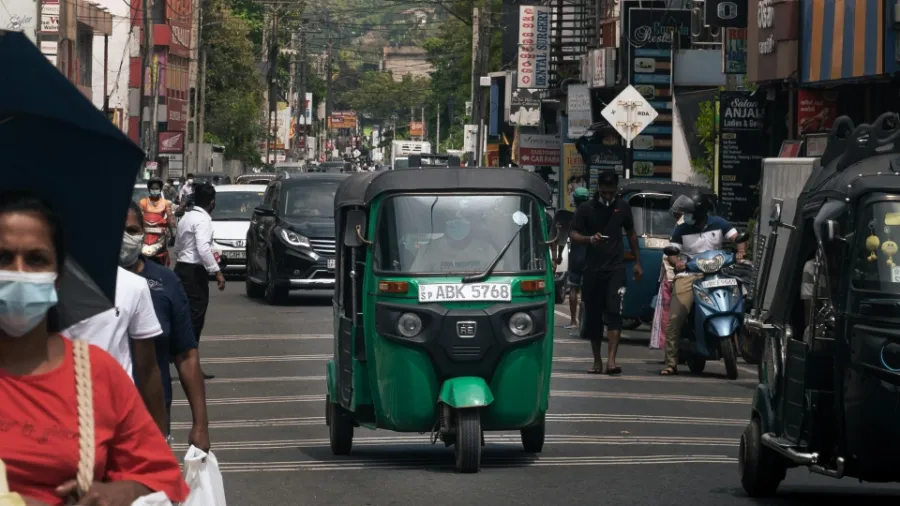
Insurance regulation in Sri Lanka 'developing with limited transparency': Fitch Ratings
The country has one of the lowest insurance penetration rates in Asia.
Sri Lanka's regulatory environment for the insurance sector is regarded as "developing with limited transparency," according to Fitch Ratings.
In a report, Fitch cited the Insurance Regulatory Commission of Sri Lanka which oversees domestic insurers.
It introduced a risk-based capital (RBC) regime in 2015, which was fully adopted by insurers in 2016. The regime required insurers to maintain a minimum RBC ratio of 120%, and those with a ratio below 160% are required to submit a plan to improve their capitalisation levels.
The commission also enforces the segregation of life and non-life insurance businesses and requires all insurers to list on the local stock exchange to enhance transparency. However, exemptions are provided to insurers whose parent companies are listed on a recognised stock exchange.
Sri Lanka’s insurance market has one of the lowest penetration rates in Asia and is characterised by a lack of sophistication, with basic products dominating both the life and non-life segments, according to Fitch Ratings.
In the non-life segment, motor insurance accounts for over half of the premiums. However, prolonged restrictions on motor vehicle imports have driven insurers to diversify into other areas, such as health and miscellaneous insurance.
Fire, property, and small and medium-sized enterprise insurance are also experiencing growth, supported by increasing construction activity and a rising number of businesses.
In the life insurance sector, traditional whole-life and endowment policies with investment features remain dominant. Whilst pure protection-type policies are gaining some traction, they still lag behind other Asian markets due to limited local demand, Fitch noted.



















 Advertise
Advertise






